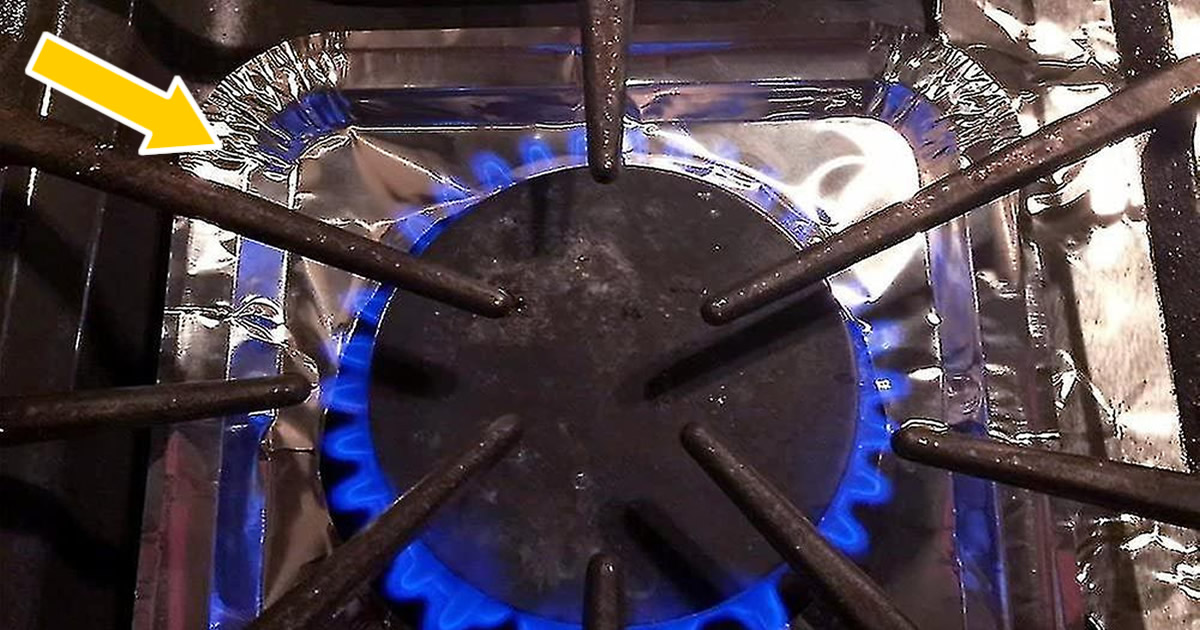
Restaurants, with their frenetic kitchen activity, have to deal with the constant need to keep work spaces clean and hygienic.
A common practice, often used to make kitchen cleaning easier, is to place aluminum containers under the stove burners while preparing meals. This trick, widely adopted in the food industry, can be extremely effective in reducing cleaning times and ensuring a hygienic and safe environment.
The aluminum container strategy
1. Captures spills and debris
Placing an aluminum container under the stove’s burners while cooking helps catch any food splatters or debris that may escape from the containers during preparation. This prevents residues from accumulating directly on the surface of the stove or on the worktop, thus simplifying the subsequent cleaning phase.
2. Easy removal and cleaning
Aluminum is a strong and flexible material, making it ideal for this application. Once cooking is finished, the container can be easily removed and the collected residues can be disposed of appropriately. This method significantly reduces the time needed to clean the stove and other kitchen elements, contributing to greater operational efficiency.
3. Prevention of encrustations and prolongation of the useful life of the stove
Burnt food deposits can damage the burners and reduce the useful life of the stove. The use of the aluminum container directly subjects this waste to cleaning, avoiding the possibility of it accumulating on the surfaces of the stove and causing damage over time. Keeping the stove clean and free of scale helps ensure optimal operation and prolong its life.
4. Sustainable approach
Aluminum is also a recyclable material, so the use of aluminum containers contributes to the adoption of sustainable practices in the kitchen. Once used, the containers can be recycled, reducing the overall environmental impact of kitchen waste management.
Applying the aluminum container trick under the burners in the kitchen is a smart practice adopted by many restaurants to simplify cleaning, keep the stovetop spotless, tidy and promote a hygienic environment.
The combination of operational efficiency, reduced cleaning times and environmental sustainability makes this strategy a profitable option for food sector operators.
